I visited this beautiful and well preserved medieval town in early August. It was never bombed, despite the huge upheavals it went through, right up to the end of WW II.
Krakow’s population today is just under 900,000.
My first surprise was to see how well preserved the city centre looks. The City council is clearly intent on keeping as much of the original medieval character as possible. It’s invisible hand, which seeks to protect the past, felt very visible. No ghastly modern advertising disfigurements, either of the beautiful brick buildings or of town squares. Even McDonald’s, yes McDonalds, was asked to keep its hideous arch indoors.
Actually there is an amusing story about that. The councillors, I was told, finally accepted McDonalds planning requests, when someone reminded them that Krakow had experienced a small immigration wave of Scots in the latter part of the19th century. So eventually they yielded, as MacDonalds was a Scottish name after all.
As a visiting person, being able to enjoy the unique character of this nice, compact town is a rare and wonderful delight.
Krakow was originally the capital of Poland, right until the end of the 16th century.
But the country had always been surrounded by aggressive neighbours. So it lost its independence several times. The first time was at the end of the 18th century; then it regained it for a while, then lost it again, this time right up to the end of WW II. Germany, the Austro-Hungarian empire, and Russia, all annexed parts of this this in-between country, to expand their own territories. Early on in WW II, the German Third Reich invaded the whole of Poland and used it as its backyard to build 5 extermination camps for the realisation of their so-called Final Solution, together with numerous other concentration camps, . One of the extermination camps was Auschwitz, one of their largest complexes, some 70km away from the city centre (more in a following blog)
Poland is a deeply Catholic country, in which, as I understand it, close to 90% of the population is of the faith, with apparently over 50% still practicing. Krakow itself counts no less than 120 churches. You are hard pressed not to see a church spire from wherever you are in the city. I was told there is only one street from which you cannot spot one, which happens to be the original University street. So it’s not just Rome after all !
Krakow was also the home town of the future Pope John Paul II, who spent 40 years of his life there.
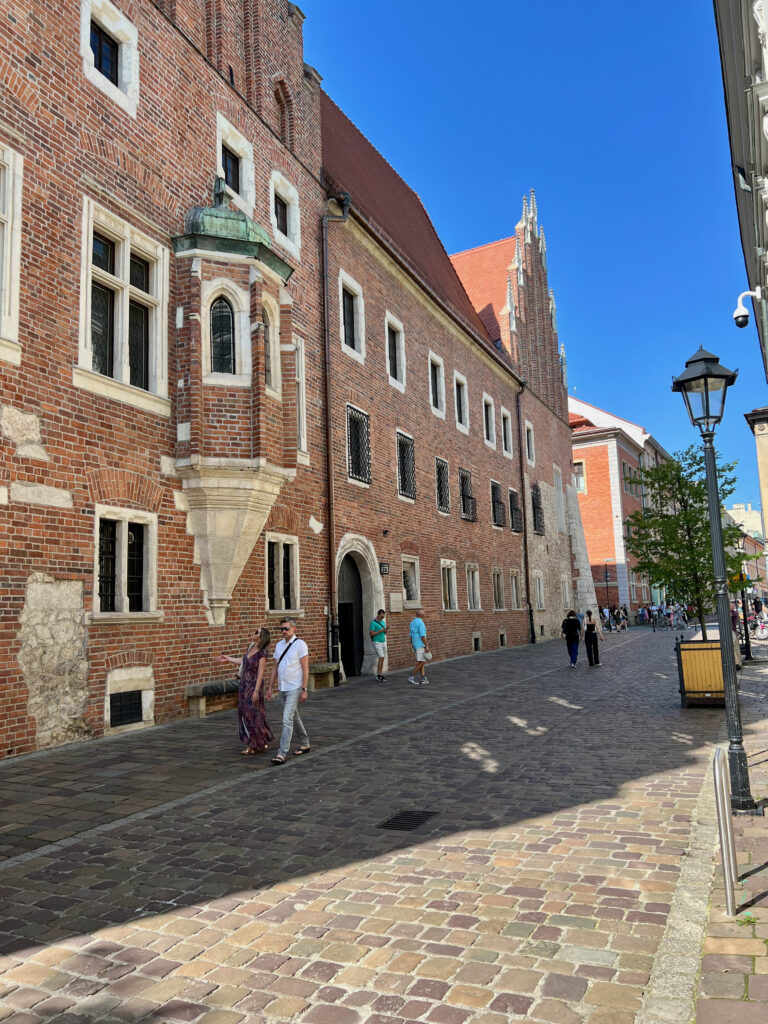
The town also has another remarkable feature: it counts no less than 20 universities (university education is still free in Poland). The most renown is the Jagiellonian University, inaugurated in 1364. It was attended by Copernicus, when he was in his late teens (1491 – 1495). Apparently, and bizarrely, given he did not actually graduate there, his statue which was initially inaugurated inside the university courtyard, was later taken out of the University and placed into a nearby park behind, because of that. Nothing like being thorough. Copernicus did go on to study in northern Italy (Bologna, Padoue and Ferrara), where he finally graduated in law, medicine, and of course astronomy. A true polymath. And to think it took the Catholic church close to three centuries to accept his De Revolutionibus thesis, which established incontrovertibly that it was the sun, not the earth, that is the centre of our galaxy. Three centuries during which it tried to negate his revolutionary observations and deductions, with heaps of theological tripe, as well as the burning of a few supporters at the stake. Copernicus was no fool though: he ensured that his thesis would only be published after his death, as he suspected it probably would be too much for the infallible Church to accept … it’s fallibility. Good call.
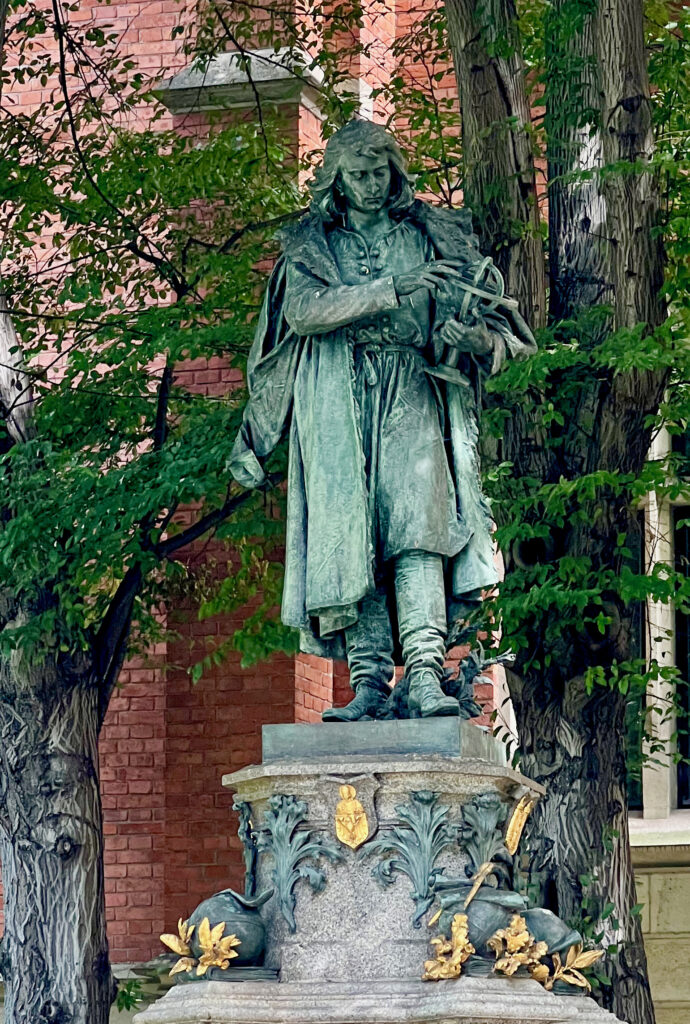
Among the few other notable things I found out while staying in Krakow were:
– Many of the medieval buildings were built in brick, which first came into wide use in the 13th century. It was considered a wonderful material because it enabled curvatures and bends. Many churches still arbour their old bricks with pride, despite Krakow being surrounded by sandstone quarries.
– There is a very interesting museum in the city, called the Czartoryski Museum, which houses da Vinci’s “Lady with an ermine” painting. It was part of the collection amassed by Isabella Czartoryska Flemming and her husband in the late 18th century. Isabella was a princess, writer, art collector and prominent figure of the Polish establishment. She is said to have met Benjamin Franklin, JJ Rousseau, Voltaire and Frederik II of Prussia. A really remarkable person. And a very unconventional one too, who lead a fairly promiscuous life. She mothered five children, each apparently from a different father. No doubt she must have felt a sisterly complicity with Cecilia Gallerani, who was the mistress of “Il Mary Sforza”, the Duke of Milan, and apparently pregnant of him when Leornado painted that portrait with the ermine.
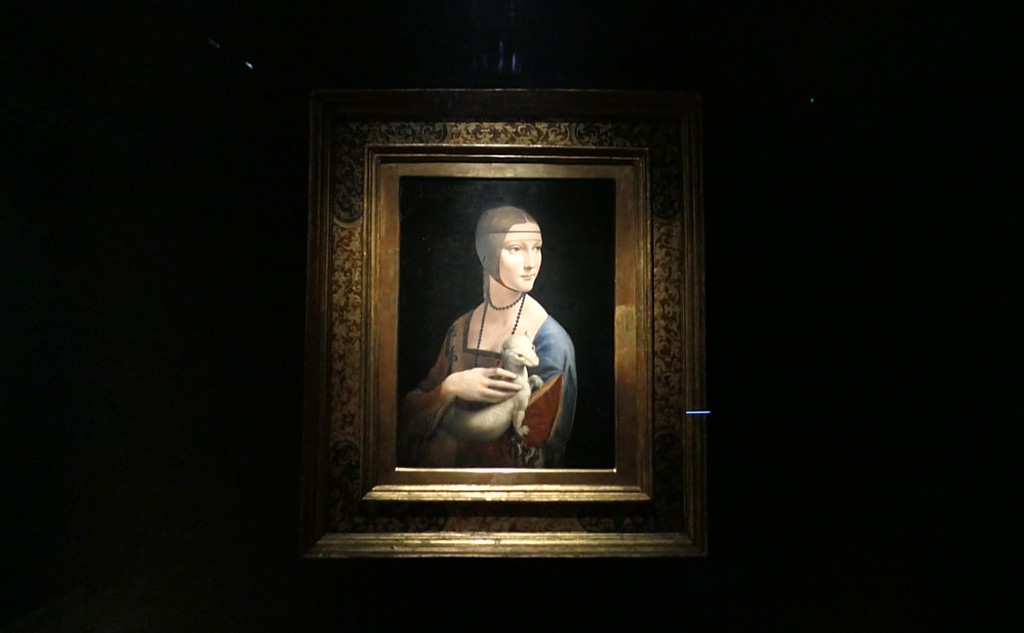
Her whole collection, which she and her husband amassed over their conjugal life, including the famous da Vinci portrait, was sold by a late descendant of hers to the Polish government for a mere €100 million, estimated to be the equivalent of 1% of the total actual value of the collection.
– The original Schindler’s factory (of “Schindler’s list” movie fame) was located in the suburbs of Krakow, and can be visited today. Oscar Schindler was a successful German industrialist who saved more that 1,300 jews from the Nazis. Clearly cut from a different cloth than the owners of IG Farben who made a fortune out of slave labour.
– The vaccine against typhus fever, a rampant disease of the ghettos and concentration camps, was discovered and developed by a Krakow scientist, a certain Rudolph Weigl. He apparently harboured and grew the lice behind his knees, as it was from them he extracted his vaccine. While it did not provide full immunity, it did substantially reduce the symptoms. It is estimated that Weigl was thus able to save around 5,000 lives during the Nazi reign. Another benevolent human endeavour which remains by and large unknown, as the vaccine was never commercialised during his lifetime.
– In one of the public parks, there is a near life size bronze sculpture that honours two of Krakow’s famous mathematicians. The story goes that in 1916, while strolling through the gardens, a renowned professor of mathematics at the time, named Steinhaus, was surprised to overhear a conversation making reference to a still unknown new mathematical model. Very intrigued, he walked over to investigate and meet the two men discussing it. And so met the young Stefan Banach and Otto Nikodym. The professor was fascinated with the self-taught young Stefan. Soon after that encounter, which was to result in a life-long friendship, Steinhaus invited Banach to try to solve some problem he had been working on and which had him stumped. Banach solved them within a week and the two soon published their first joint work. Together with other mathematicians in Krakow, they later founded the Polish Mathematical Society.
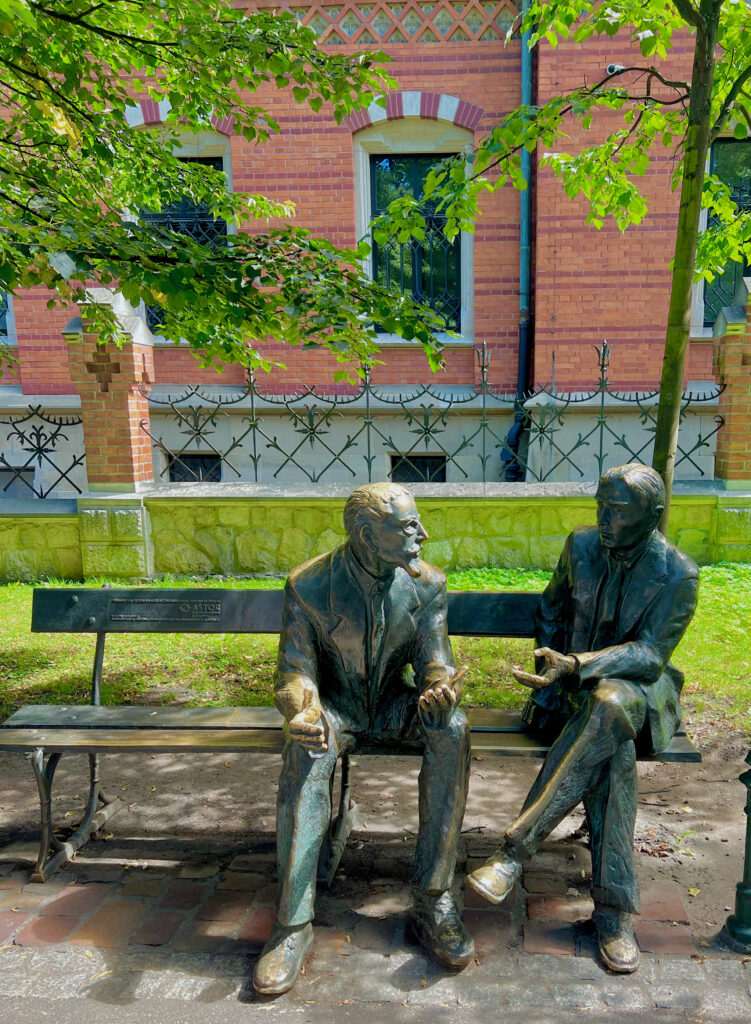
– Another intriguing noteworthy feature I picked up while visiting the original castle that dominates Krakow, up a nicely preserved walled hilltop. And that is that in the early days, the kings of Krakow were originally elected by the aristocracy, rather than being hereditary descendants of some old blood. How remarkable. Not sure how that would go down with many of our present day monarchs, however irrelevant they may have become.
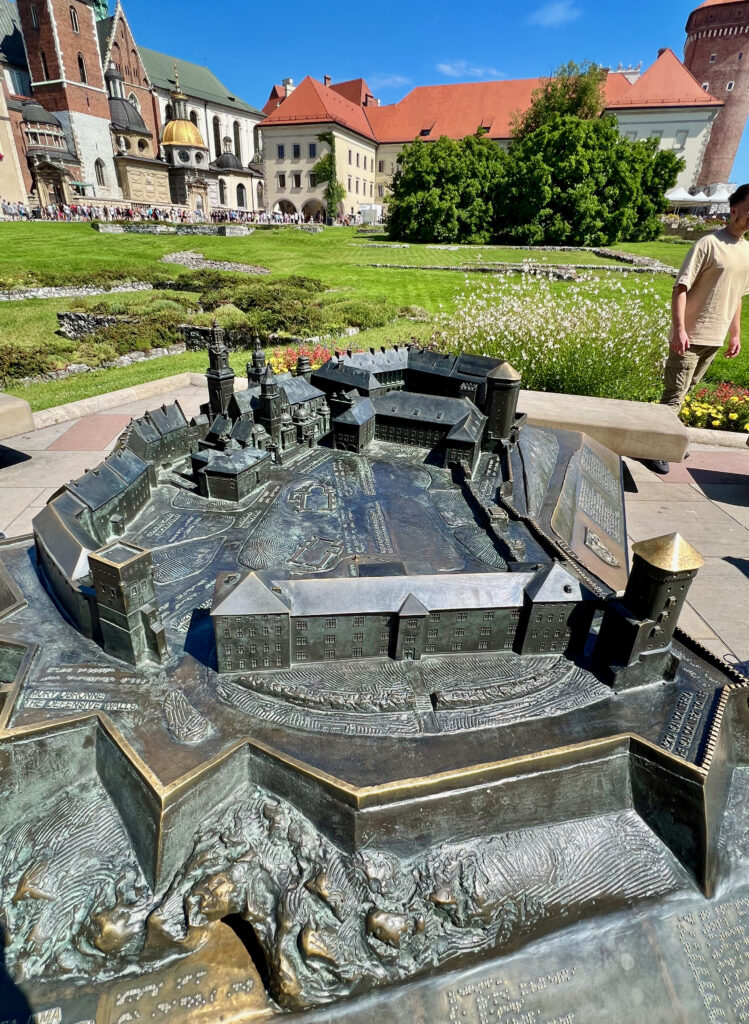
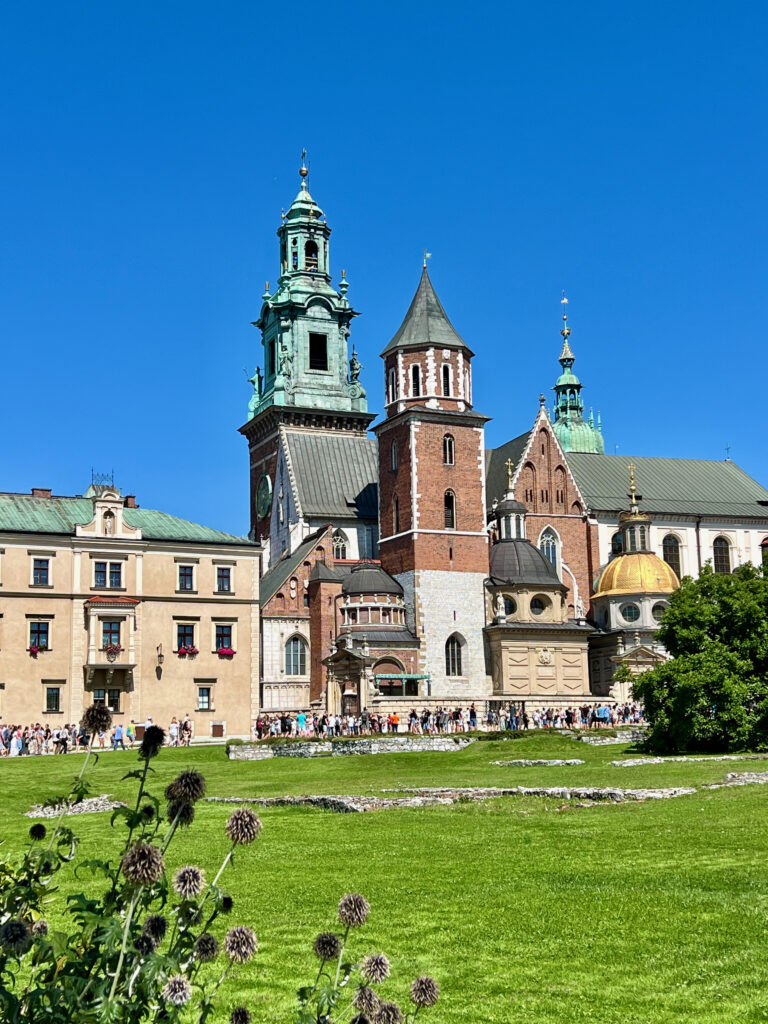

– Very near to the city, about 13 km south east, lies the famous rock salt mine, formed in neolithic times by upwelling brine. This mine has been exploited from the 13th century, more or less continuously and right up to 1996, when it became cheaper to import the stuff rather than continue to excavate it. A rather fascinating place, which goes as deep as 350 meters down. Everything you see down there is made of rock salt : the walls, stairs, ceilings, the sculptures, everything. There is an underground lake, four chapels, numerous sculptures made by miners and, more recently, sculptures. Even the chandeliers are made from the stuff. An extraordinary spectacle.
In the old days, to excavate the rock, they eventually horses and donkeys with elaborate rope bullies. There was a problem though: once the animal was transported down there, it was impossible to bring it back up to the surface, as it was terrorised by the stairs land lifts. So once down, it had to spend the remainder of its life down there, as it could only come back up as a dead carcass. One can still see their old carved out stables and what not.
In conclusion, I thoroughly recommend Krakow. It is a city that is full of humanity, with amazing stories. Very pretty, full of character, and well preserved.

